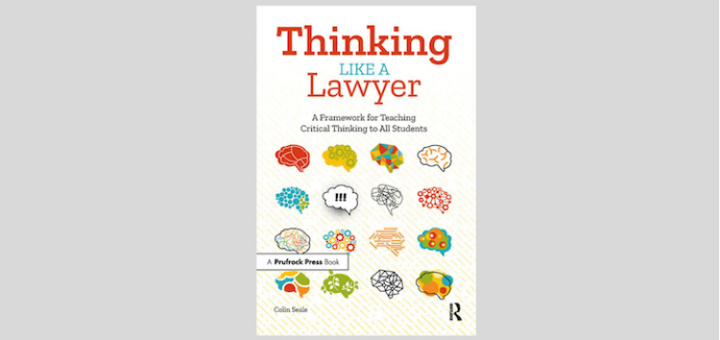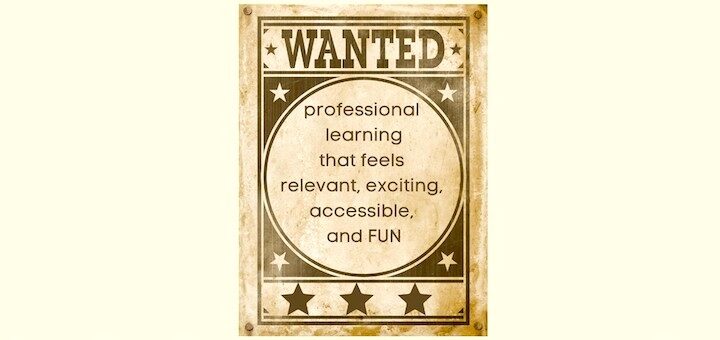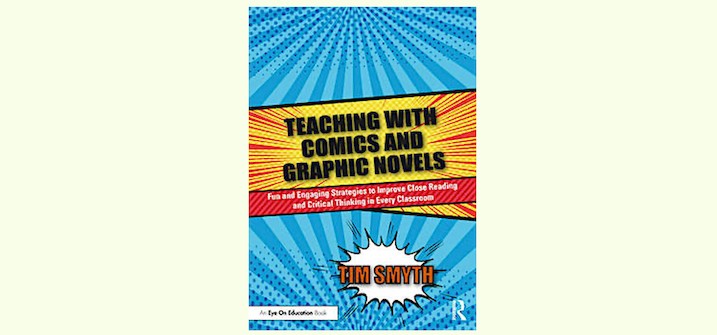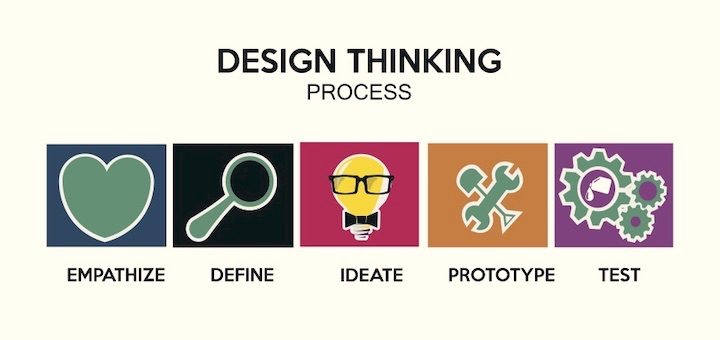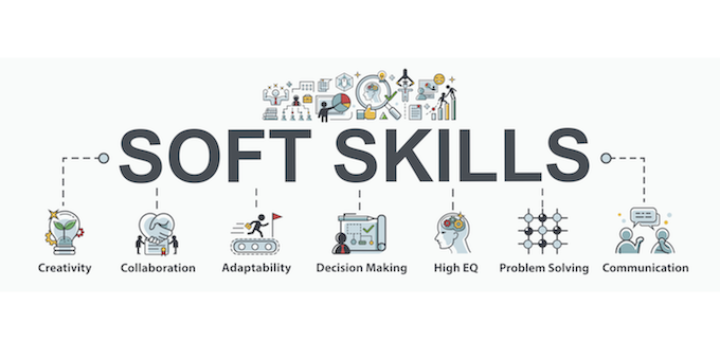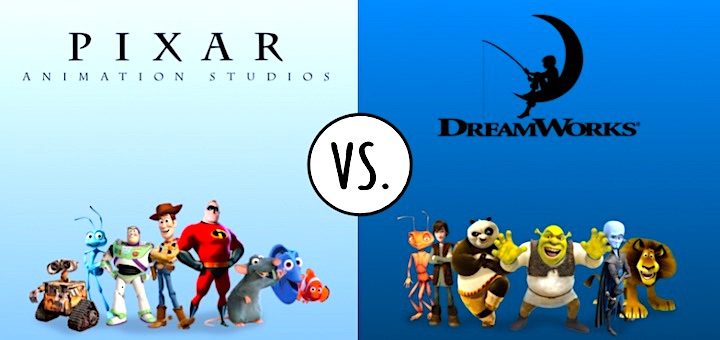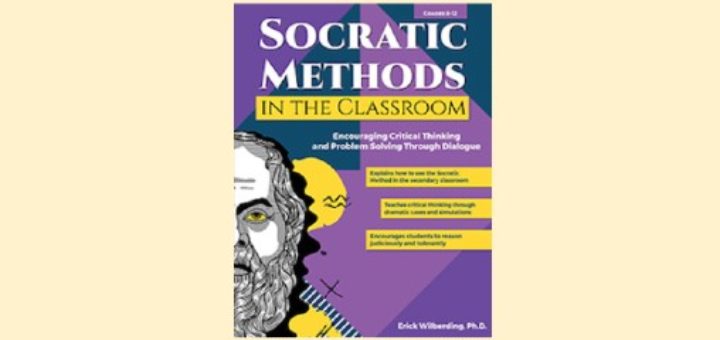Tagged: critical thinking
Find out how adopting a lawyer mindset can help all students develop critical thinking skills and dispositions in Thinking Like a Lawyer by Colin Seale. NBCT Kim Rensch likes that the book is a quick read and offers reasonable ways to integrate thinking skills with curricula.
The inquiry-fueled methods that pique student interest, invite critical thinking, and support deep learning can also bring joy and discovery to instructional coaching. Pam Koutrakos shows how collaborative inquiry-based coaching cycles can yield powerful results for everyone.
Using engaging strategies and many examples, teacher Tim Smyth makes a convincing case for viewing comics and graphic novels as literacy tools, helping build reading and critical thinking skills. Kevin Hodgson is glad that Smyth also shows how kids can create their own comics.
Looking for a way to incorporate creativity into your curriculum next school year? You may want to consider teaching students about design thinking. Teacher educator Katie Caprino and her preservice colleague Alyssa Marzili introduce the concepts and highlight 3 useful apps.
How should we teach US History? Is it mostly about caring? Or critical thinking? What about historical knowledge? Teacher Lauren Brown stands firm for content. “If we’ve learned anything from the culture wars this year it’s that too many Americans do not know their history.”
When his two middle schoolers wondered about a tree house, principal Matt Renwick’s bright idea was to engage them in an at-home Genius Hour project. His three take-aways from the experience can help us understand the teacher’s role in creative learning and risk-taking.
Cutting-edge teachers never answer the question “why do we need to learn this” with vague references about an unlikely future, writes curriculum coordinator Alex Valencic. Instead, they provide “instant relevancy” and respond with immediate examples from our lives today.
Inviting students to analyze fact-based data about topics that interest them will not only lead to greater engagement, it will grow their ability to investigate first and then draw conclusions that are well reasoned and supported. Teacher educator Curtis Chandler shares tips.
When it’s time to analyze a fiction or nonfiction text, don’t let students coast through the lesson by simply filling in a graphic organizer. Author and teaching coach Sunday Cummins has ideas that will help learners think about text structures conceptually and flexibly.
Socratic Methods in the Classroom offers a bevy of theories behind the practice and templates and tips for educators to prepare to dive into this method as a way to help students demonstrate their knowledge and consider other points of view, writes teacher educator Laurie Bobley.

